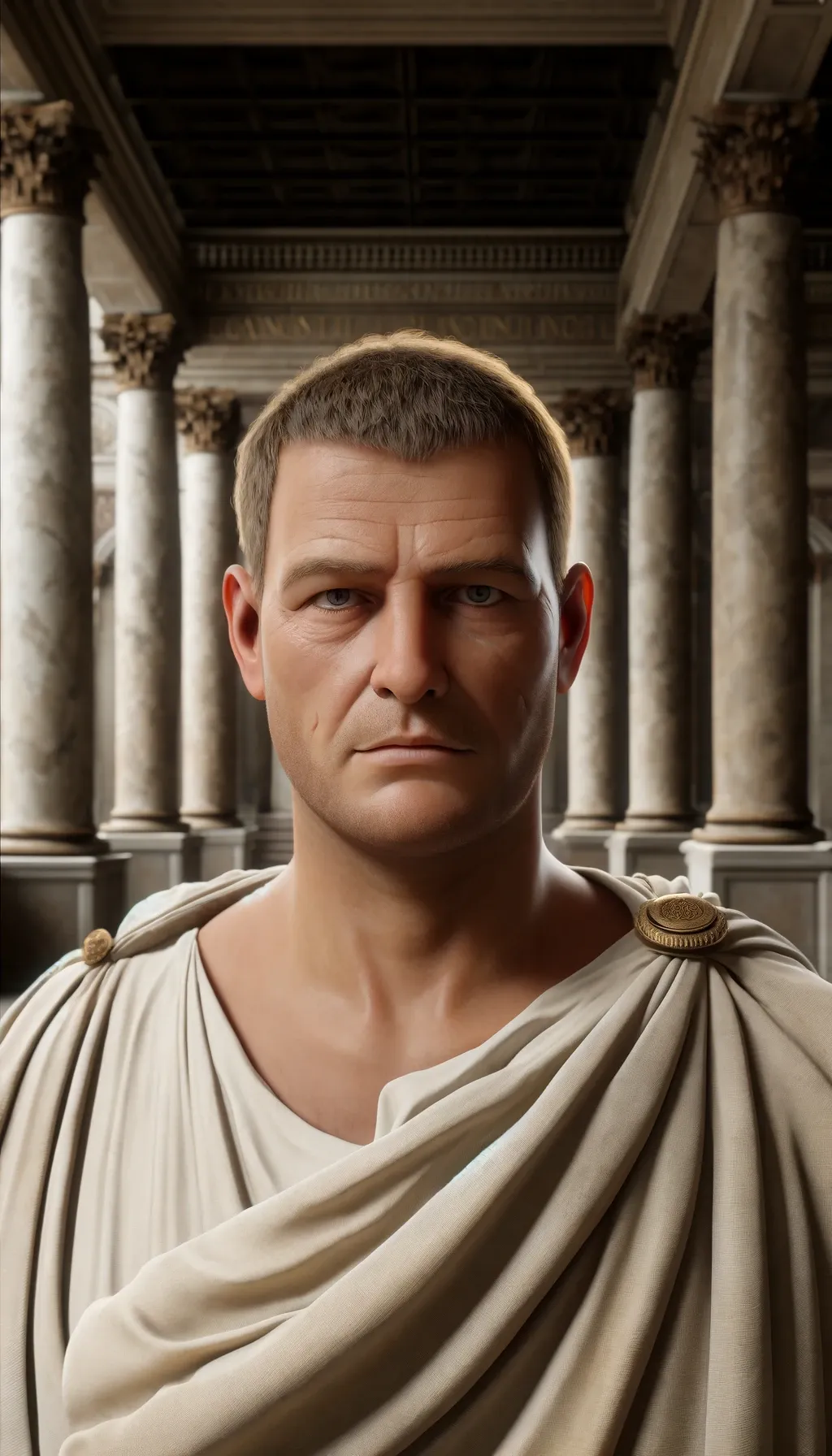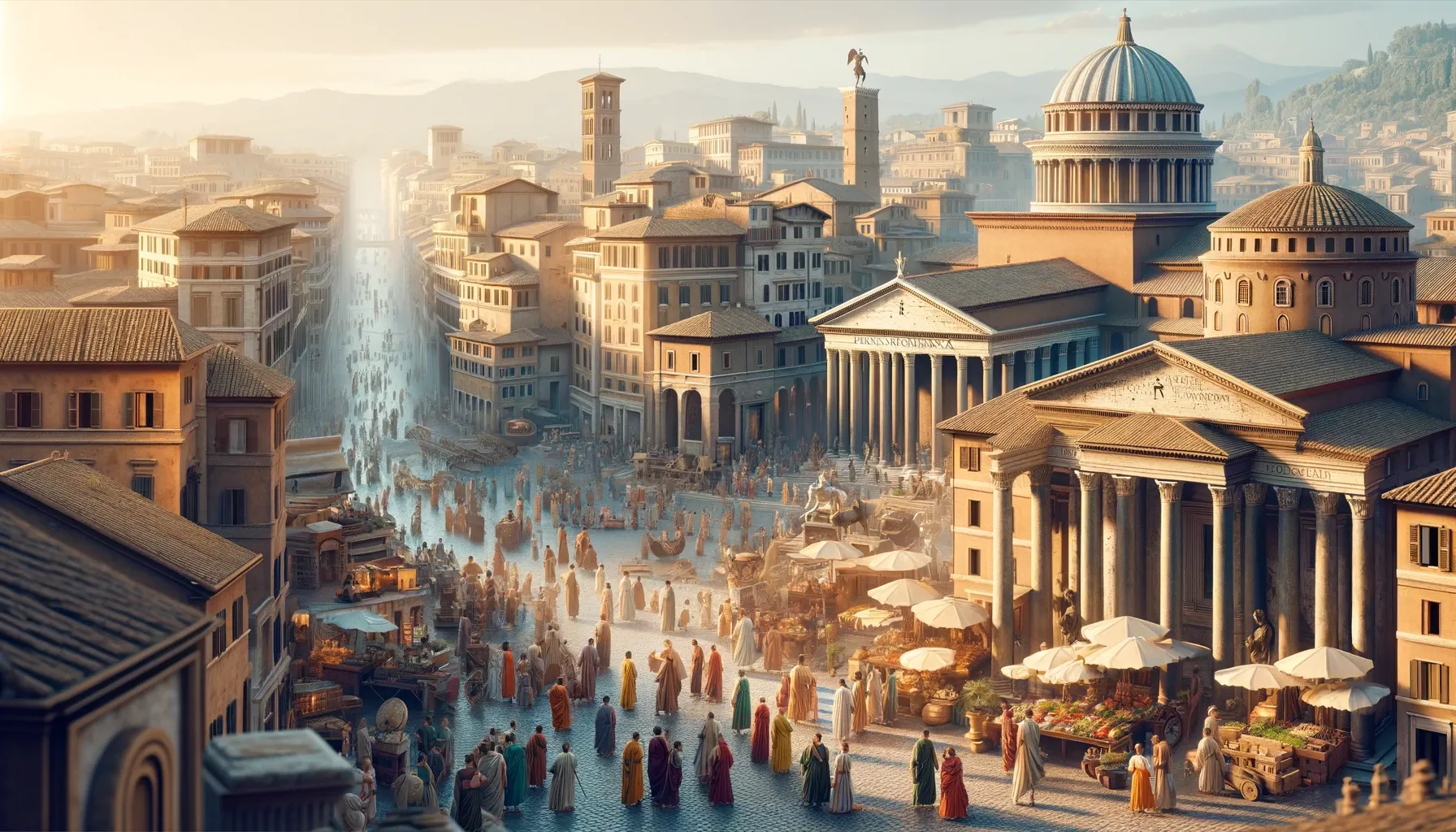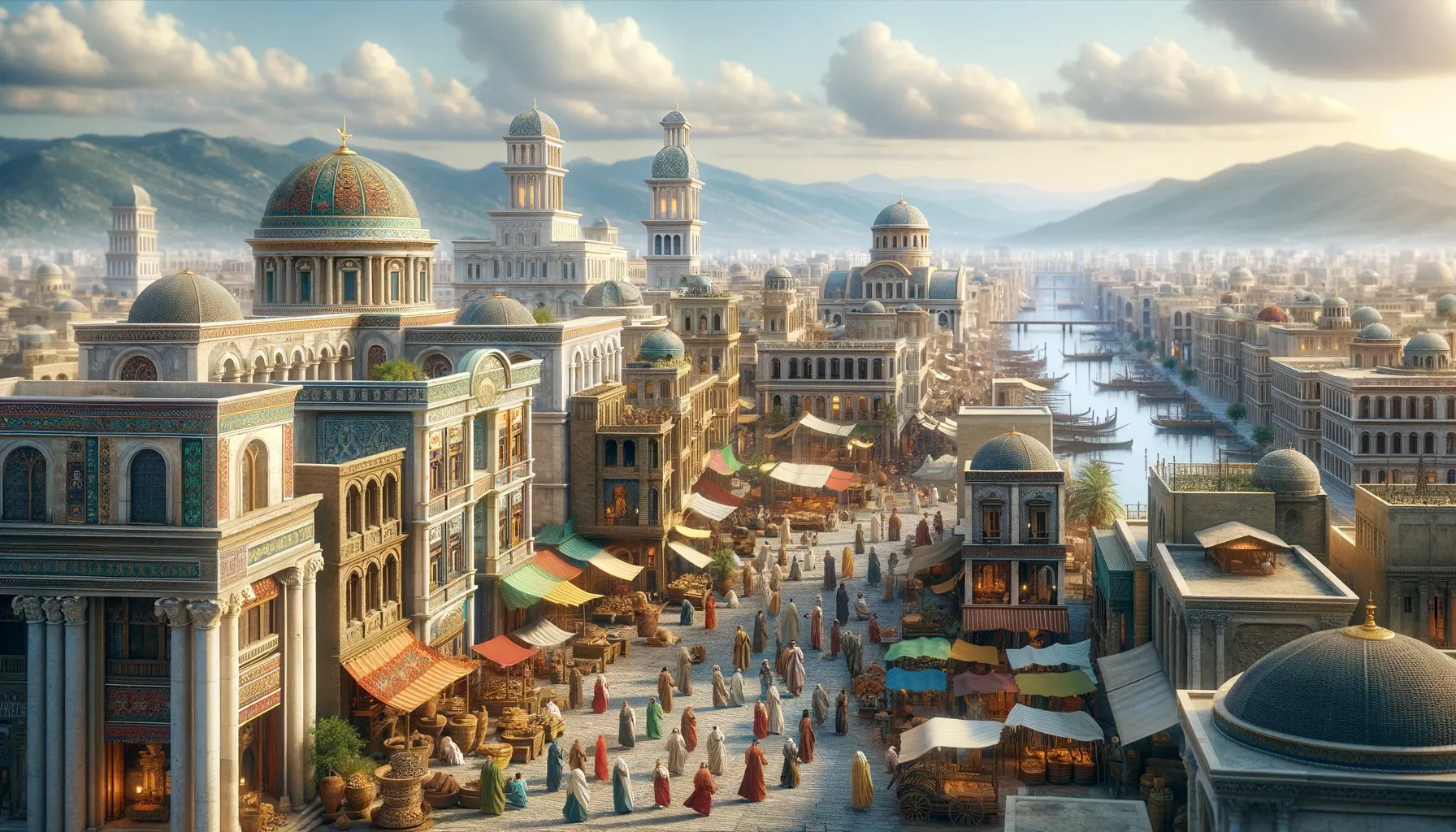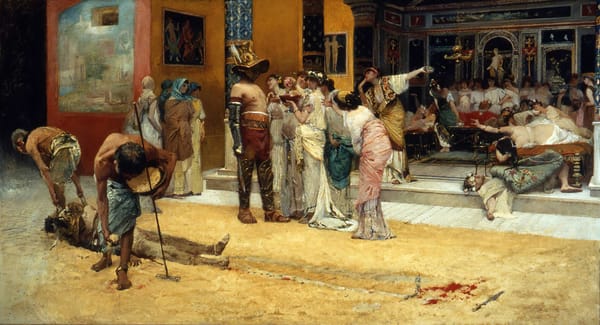What was the Roman Empire? A brief history
The Roman Empire planted the roots of what we call today Western Civilization

The Roman Empire has left an indelible mark on the course of world history. Stretching from 27 BC, when Augustus established imperial rule, to the fall of Rome in 476 AD, its vast expanse influenced continents and cultures, laying foundational aspects of modern law, politics, and society. It exerted vast influence across the ancient world, spanning a wide array of regions and integrating diverse cultures. Its enduring impact laid the foundational elements of what is now considered Western civilization.
The Founding of Rome and the Roman Kingdom
Rome's foundation, steeped in legend, traces back to 753 BC. Originally governed by kings, the Roman Kingdom laid the groundwork for the republic's institutions and civic structure.
The Roman Empire, evolving from the ancient Roman Republic, was established under the rule of Octavian, who became the first emperor in 27 BC. This marked the beginning of the Principate era, covering territories across Europe, North Africa, and Western Asia. Governed by emperors, the Empire's expanse and influence were profound. Its decline culminated in the fall of the Western Roman Empire in 476 AD, signaling the end of classical antiquity and the onset of the Middle Ages.
For over a millennium, the Roman Empire was a dominant force in the ancient and medieval worlds. As a diverse, cosmopolitan state, it spanned a vast area from Britain and Spain to Egypt and Mesopotamia at its zenith in the second century AD.
The empire was a mosaic of territories, ethnicities, and cultures, with Rome at its core as the primary city. These ancient urban centers were hubs of cultural, religious, artistic, and commercial activity, well-supported by an intricate network of roads, rivers, and sea routes.
The history of the Roman Empire can be divided into three distinct periods: The Period of Kings (625-510 BC), Republican Rome (510-31 BC), and Imperial Rome (31 BC – AD 476).

Founding (c. 625 BC)
Rome was established around 625 BC in what are now the regions of Etruria and Latium in ancient Italy. The formation of the city-state of Rome is thought to have been a response by Latium villagers and nearby settlers to an Etruscan threat. It remains uncertain whether their union was for mutual defence or a consequence of Etruscan dominance. Around 600 BC, significant changes and unification efforts in the area likely facilitated Rome's development into a recognized city.
Period of Kings (625-510 BC)
The initial stage of Roman history, known as the Period of Kings, spanned from the founding of Rome until 510 BC. During this era, Rome was ruled by six kings and saw substantial growth in its military and economy, expanding its territory, military strength, and the trade of goods like oil lamps. Politically, it was a time when the foundations of the Roman constitution were laid. This period ended as Etruscan influence waned, paving the way for the establishment of the Roman Republic.
Republican Rome (510-31 BC)
In 510 BC, Rome transitioned from monarchy to a republic, led by the upper classes—senators and equestrians, with dictators appointed during crises. The codification of laws came in 451 BC with the “Twelve Tables”. Throughout the Republican Period, Rome expanded across Italy and, through the Punic Wars and conflicts with Greece, dominated the Mediterranean. Political turmoil later led to dictatorship under Sulla and a return to instability after his resignation. The Republic's decline set the stage for Julius Caesar's rise in 60 BC, and his conquests expanded Rome beyond the Mediterranean. His assassination in 44 BC led to Octavian (later Augustus) becoming the first emperor in 27 BC after securing control by defeating Mark Antony and taking over Egypt in 31 BC.
Imperial Rome (31 BC – AD 476)
Rome's Imperial Period, starting with the ascension of the first emperor in 31 BC and ending with Rome's fall in AD 476, was marked by extensive growth and prosperity, reaching its territorial peak in AD 117. The empire, stretching across Asia Minor, northern Africa, and most of Europe, was divided into Eastern and Western halves in AD 286. The Western Empire faced invasions and decline, culminating in its fall in AD 476, while the Eastern Empire, known as the Byzantine Empire, lasted until its fall in AD 1453 to the Ottoman Turks.
The first Emperor
After defeating Mark Antony and Cleopatra at the Battle of Actium in 31 BC, Octavian, Julius Caesar’s adopted son, became the sole ruler of Rome. In 27 BC, with the support of his ally Agrippa, he was named Princeps ("the first citizen") and later Augustus by the Senate, a title meaning "the illustrious one." Although Augustus held absolute control over the government and military, he never styled himself as a monarch. Initially, the Roman Senate had some power over emperors, as evidenced by the falls of Caligula and Nero, but over time, as the empire expanded, the emperors assumed complete authority, diminishing the Senate's influence.

Peak and Stability: The Pax Romana
The Pax Romana, or Roman Peace, was a golden age from 27 BC to 180 AD where the empire experienced minimal military expansions, flourishing arts, culture, and economy under rulers like Augustus and Trajan. This period was essential in consolidating the Empire's vast territories into a cohesive political entity.
Under Emperor Augustus, the first two centuries AD were a golden age for the Roman Empire, characterized by peace, prosperity, and a booming population estimated between 60 and 130 million. This era saw the expansion of the empire’s boundaries and the establishment of trade routes to distant India and China, bringing luxuries like cinnamon, ivory, pepper, and silk to Rome. This period also featured competitive displays of wealth by emperors and aristocrats, with grand events such as chariot races and gladiator contests captivating the public.
After Augustus's death, his successor, Tiberius (r. 14-37 AD), upheld many of Augustus's policies but lacked his predecessor's strong leadership and vision. This pattern of leadership continued with subsequent emperors of the Julio-Claudian Dynasty, including Caligula (r. 37-41), Claudius (r. 41-54), and Nero (r. 54-68). Caligula, remembered for his later erratic behavior, and Claudius, who expanded Rome’s influence in Britain, both met violent ends. Nero's suicide concluded the dynasty and led to a tumultuous period known as The Year of the Four Emperors.
After Nero's suicide in 68 AD, four rulers emerged in quick succession during a turbulent period. Galba took the throne but was quickly deemed unfit and assassinated. Otho followed but was ousted by Vitellius after a brief civil war. Vitellius indulged in excess, neglecting his duties, which led to his downfall when legions declared for Vespasian. Vespasian founded the Flavian Dynasty, noted for economic growth and monumental constructions like the initial phases of the Flavian Amphitheatre. His rule and that of his successor, Titus, marked a period of prosperity and notable events like the eruption of Mount Vesuvius.
Crisis and Division: The 3rd Century and Beyond
The third century presented severe challenges—political instability, economic troubles, and military defeats—which led to the Empire's division under the reign of Diocletian in 284 AD. This division created a distinction between the Western and Eastern (Byzantine) Empires.
By the third century, Rome's role shifted from being the sole capital to a symbolic one due to the Third Century Crisis. The emperor needed to be near critical frontier hotspots, leading to a mobile court and making cities like Trier in the West and Antioch in the East into major imperial centers and temporary capitals.

The Fall of the Western Roman Empire
The Western Roman Empire faced mounting pressures from invading barbarian tribes and internal corruption, which ultimately led to its decline and the traditional date of its fall in 476 AD, when Odoacer deposed the last emperor, Romulus Augustulus.
By the fourth century, it was clear that the vast Roman Empire required multiple administrative centers. The founding of Constantinople, strategically positioned near the Persian frontier, and the division of the Empire, led to a reduction in Rome's political significance. Throughout the fifth century, the Western Empire was administered from Milan and then Ravenna. After Rome's fall in 476, Constantinople stood as the sole capital until its conquest in 1453.









About the Roman Empire Times
See all the latest news for the Roman Empire, ancient Roman historical facts, anecdotes from Roman Times and stories from the Empire at romanempiretimes.com. Contact our newsroom to report an update or send your story, photos and videos. Follow RET on Google News, Flipboard and subscribe here to our daily email.
Follow the Roman Empire Times on social media: